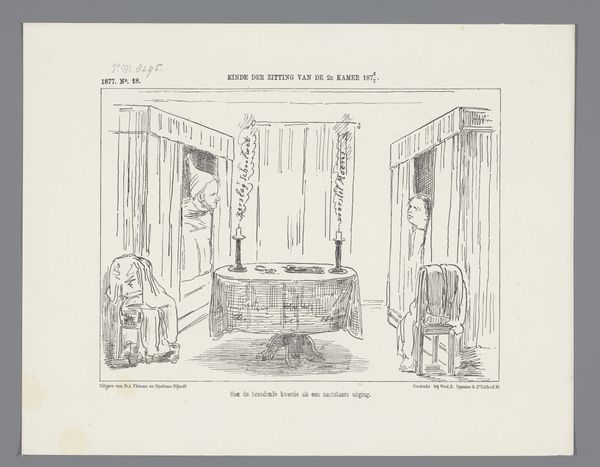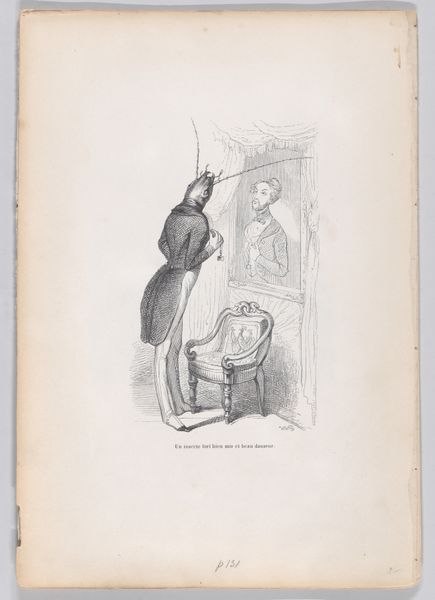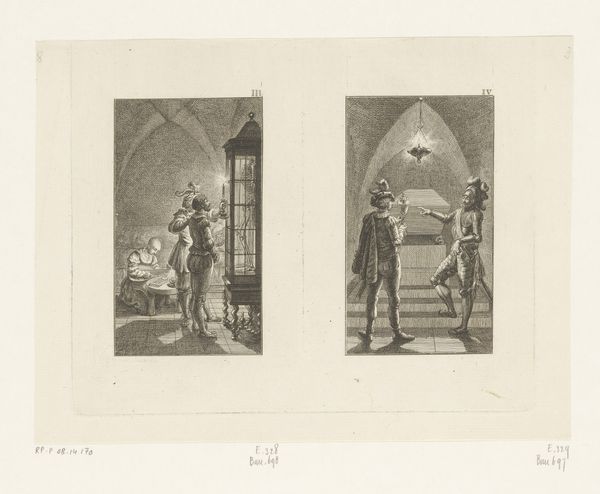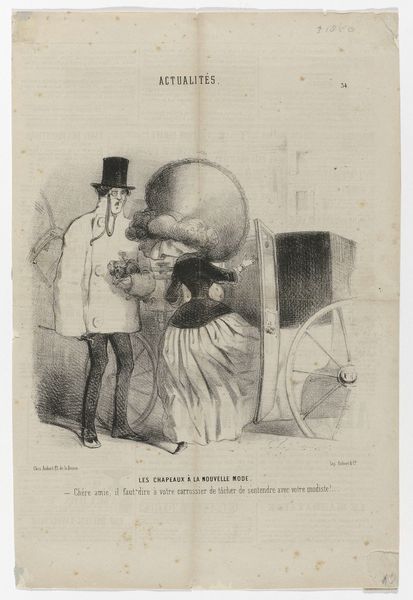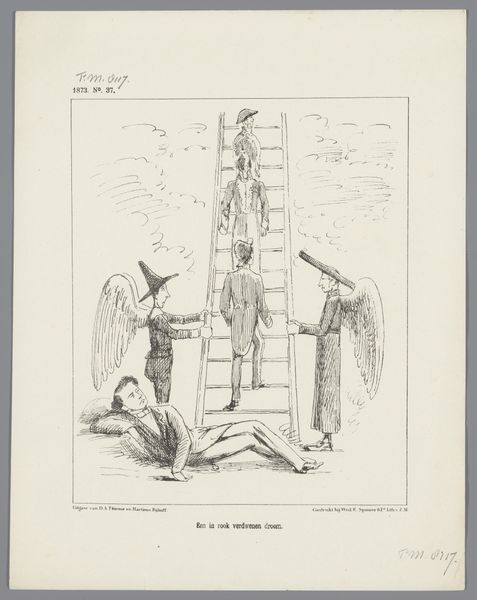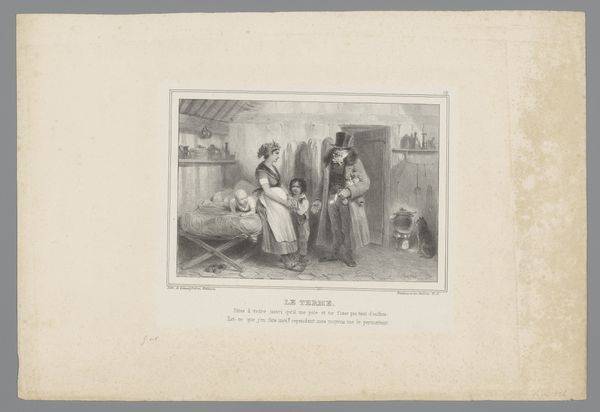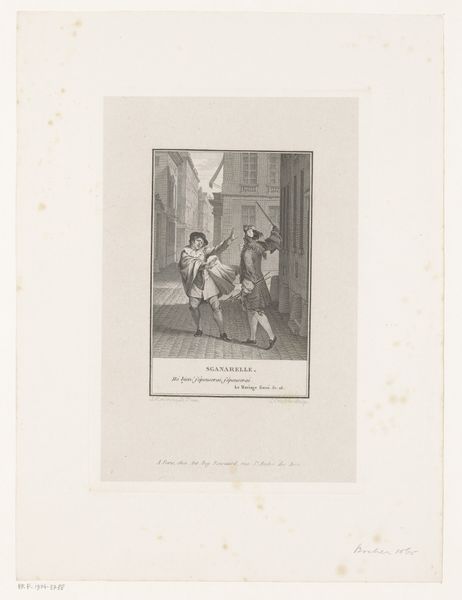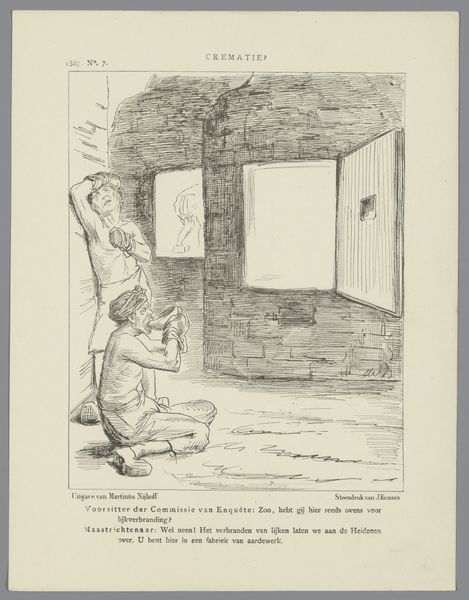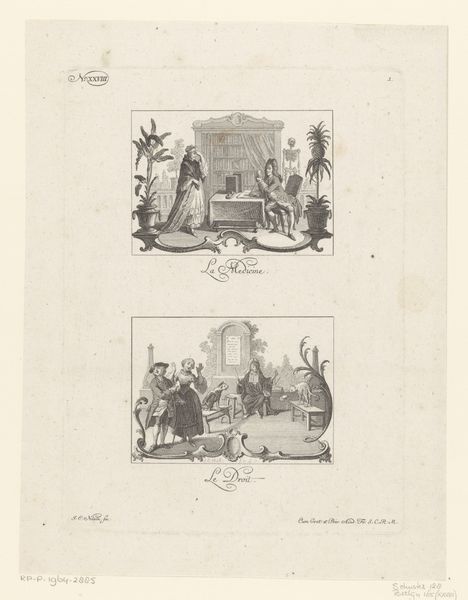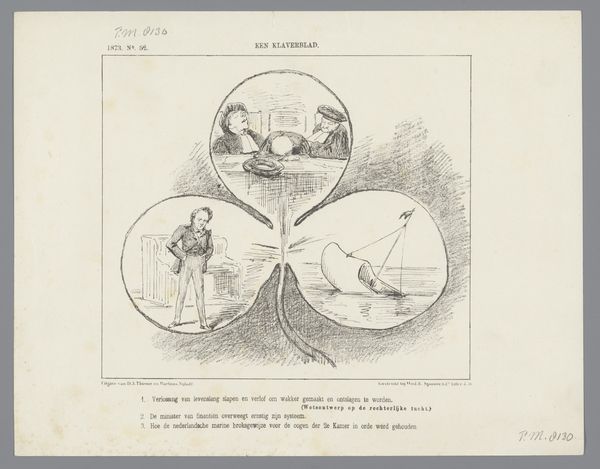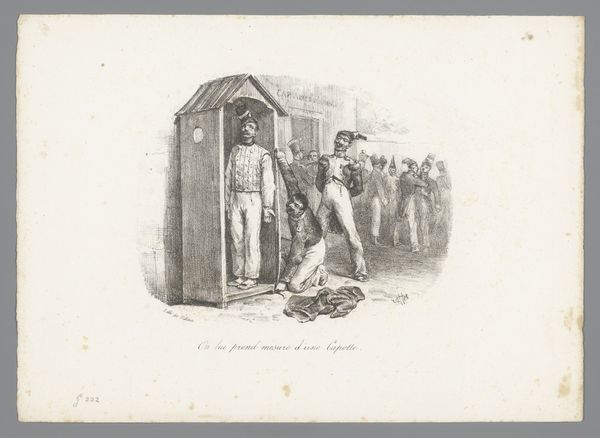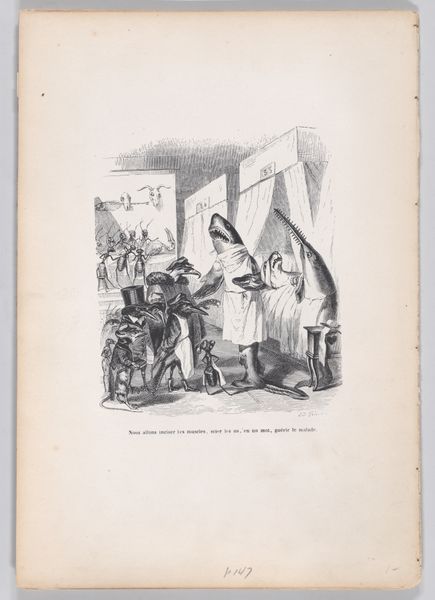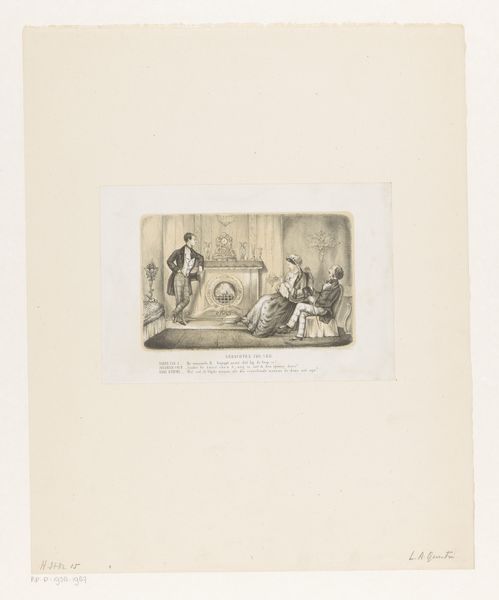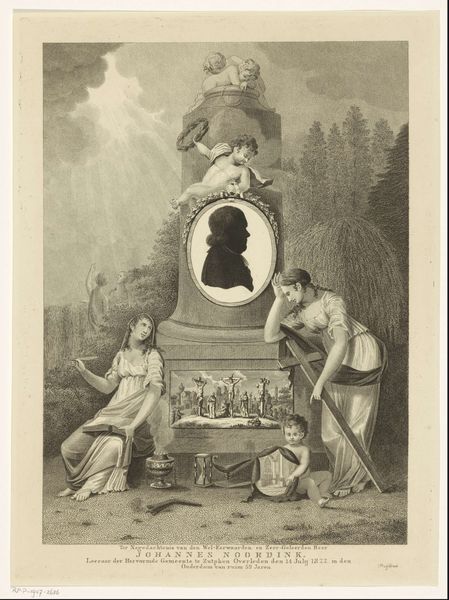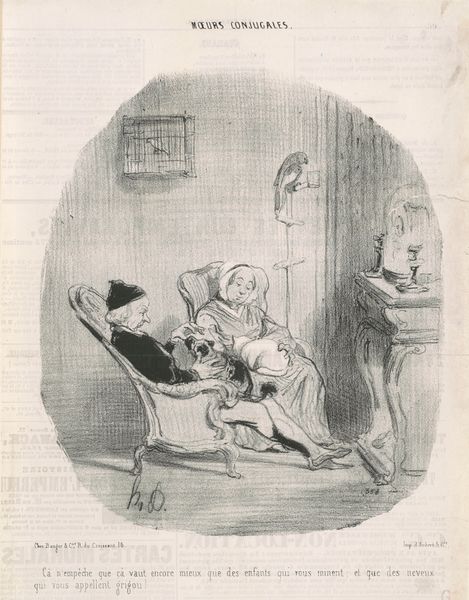
Grafmonument van Maria Christina van Oostenrijk, gemaakt door Antonio Canova, in de Augustinerkirche, Wenen 1868 - 1890
0:00
0:00
Dimensions: height 88 mm, width 178 mm
Copyright: Rijks Museum: Open Domain
Curator: Isn't it curious how loss is often rendered? Editor: Yes, this monument commemorating Maria Christina of Austria strikes me as... strangely optimistic, even inviting. It doesn't feel overtly mournful, more like a gateway. Curator: Absolutely! We're looking at a photograph from somewhere between 1868 and 1890. The subject is the sculpture by Antonio Canova found in the Augustinerkirche in Vienna. It's neoclassical, a style where grief took on a serene, almost philosophical tone. Look at the figures approaching that doorway. Editor: That door…that void, beneath the pyramid, it really focuses the whole piece. Pyramids carry an intense cultural load. What do they symbolize in this context? Curator: Well, think about it – pyramids, eternity, ascension. It’s the hope of what lies beyond the veil. Death, in this view, is a transition, not an end. And the figures – they're carrying urns and leading the blind. A procession towards the unknown. There’s also that serpent biting its tail—ouroboros—that recurs in monuments. The cycle of life. Editor: The whole scene has a stage-like quality, carefully composed, the drama feels somewhat… restrained. Curator: The drama’s interior, I think. It’s a very "enlightened" way of dealing with mortality – all reason and measured emotion, the soft, human, weeping heart buried deep beneath cool marble. I always feel these works project less sadness and more an "absence of disorder". Editor: Interesting… like grief managed, rather than experienced. But Canova was such a virtuoso of capturing idealized forms and maybe here his vision aligns with neoclassicism’s quest for perfect harmony. Curator: Exactly. This photograph offers us a slightly flattened and ethereal view, further enhancing the sculptural impact and highlighting how enduring and universal Canova’s visual language is. Editor: A doorway, not to oblivion, but… toward a carefully curated peace. Well said.
Comments
No comments
Be the first to comment and join the conversation on the ultimate creative platform.
